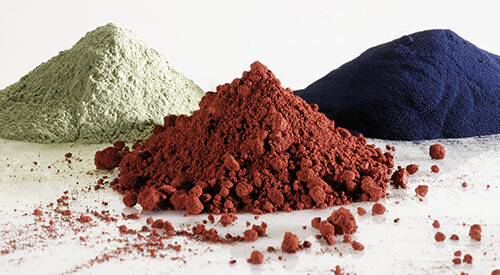Discover Sputtering Targets from Testbourne
Testbourne is a leading provider of sputtering targets. Sputtering is a technology proven to be capable of depositing thin films from a variety of materials into different shapes and sizes materials. This process can be scaled up to include small research or large manufacturing processes. Discover more about the types of sputtering targets we provide and the different materials available from Testbourne.
What are Sputtering Targets?
Sputtering targets are materials that are used to create thin films in a process called sputter deposition. Sputtering targets are used to produce low-radiation coated glass, used in building construction due to its renewable energy properties, such as saving energy, saving light and for aesthetics.
The 3 Main Types of Sputtering Targets
Our sputtering targets can be produced from a wide range of materials, such as metals and compounds, using processes including rotatable target technology. The choice of material very much depends on the desired properties of the thin film, such as conductivity, renewability, or optical properties.
We offer 3 main types of sputtering targets:
1. Metal Sputtering Targets
Metal sputtering targets are made from pure metals, such as aluminium, copper, gold, silver, titanium, or metal alloys. Pure metals are most commonly used in the production of electronic devices, such as semi-conductors. Whereas metal alloys are used more commonly in the production of wear-resistant coatings for cutting tools, and biomedical or aerospace components.
At Testbourne our metal targets are offered in various purity levels to suit your specific requirements. Our manufacturing processes for metal sputtering targets depend on the properties of the target metal and its application and thus the fabrication methods we use vary from vacuum melting and rolling, to hot-pressed, vacuum hot-pressed and forged.
2. Compound Sputtering Targets
Compound sputtering targets are frequently used in industries, including semiconductors, and optical coatings.
The use of compound sputtering targets has several advantages over metal targets, including the ratio of the different elements in the film that can significantly affect its chemical, electrical and optical properties. Also, in comparison to metal sputtering targets, compound targets have a higher durability, so they are more resistant to erosion and cracking.
Testbournes' compound target production methods vary from vacuum hot pressing, hot isostatic pressing, cold isostatic pressing, and cold press sintering, depending on the required metal targets.
3. Rotatable Sputtering Targets
Rotatable sputtering targets have a cylindrical shape and are usually made up of metal or ceramic materials. The most common targets are available in chromium, tin, zinc and niobium alloys. Rotatable target technology has been highly used in large area coating manufacturing of architectural glass and flat panel displays. They get their name from the way they rotate during the sputtering process, allowing for a longer target life.
Using rotatable sputtering targets has advantages over other sputtering targets as they allow the use of higher densities because of the even spread of heat build-up over the target surface area. Additionally, they can improve the quality of deposited films, making them a popular choice in industries such as electronics, optics and semiconductors.
Our Service
Unsure if Testbourne has the right materials for you? We offer a broad range of scientific materials with bespoke options. Get in touch with our team and we can discuss your sputtering target requirements.
